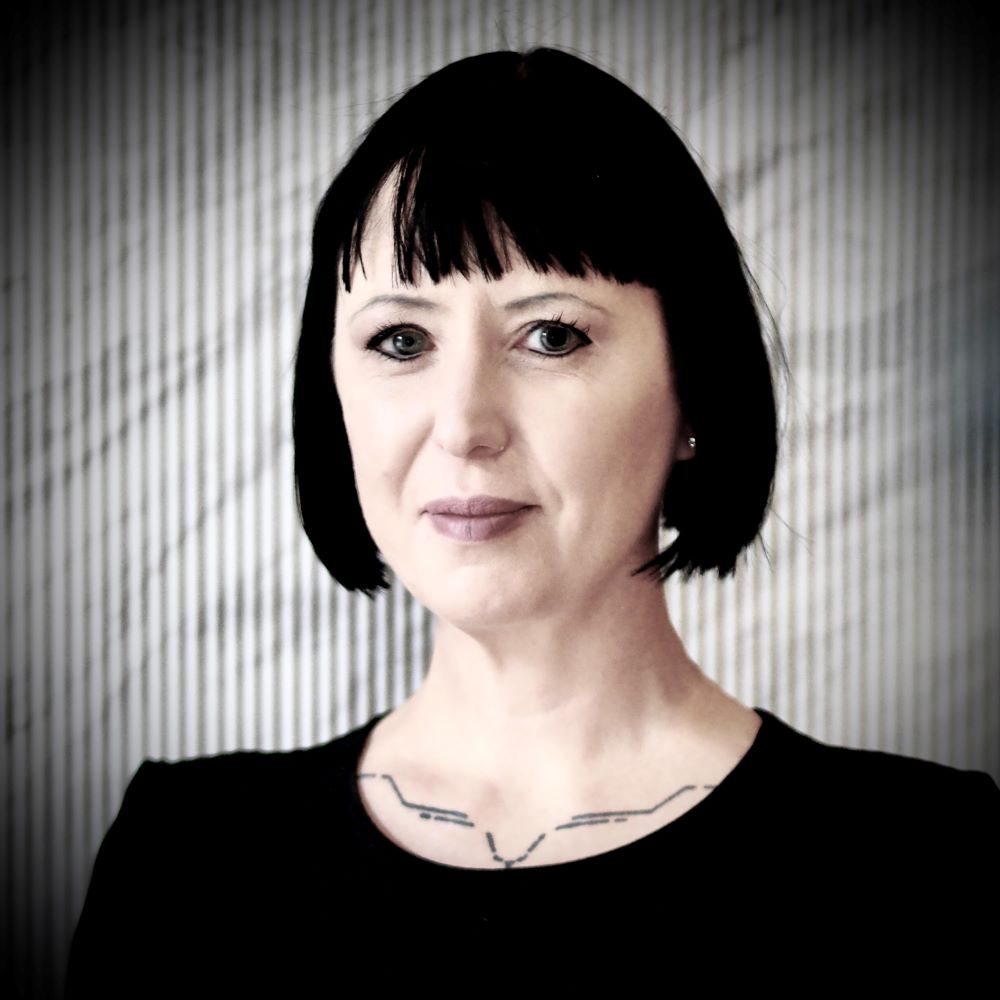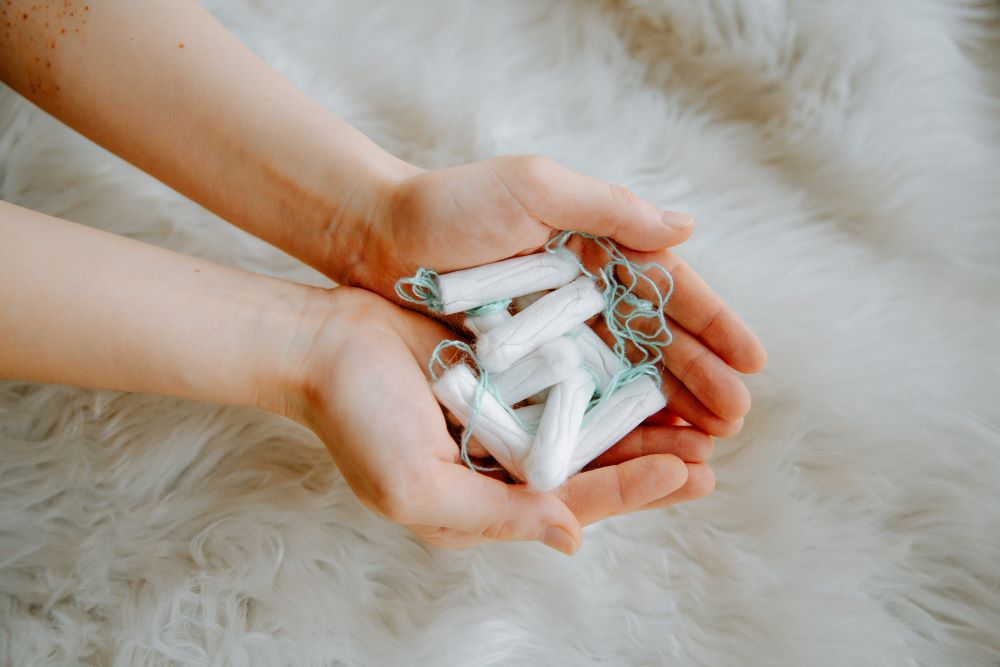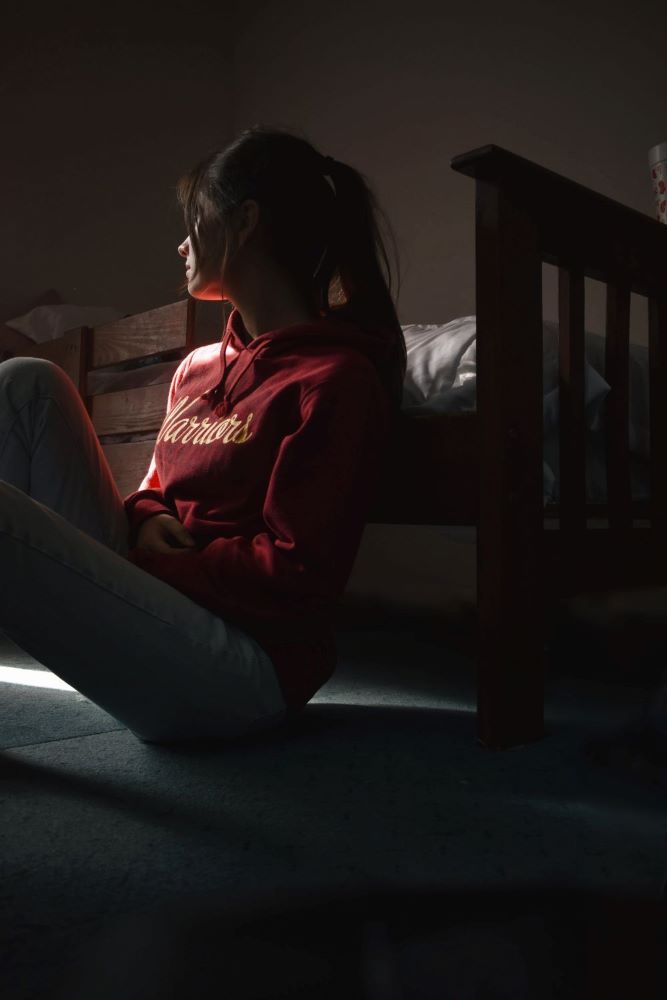Susie shared her personal story of living with type 1 VWD at the 21st Australian Conference on haemophilia, VWD and rare bleeding disorders. This is a transcript of her presentation.
My name is Susie and I have type one von Willebrand Disease (VWD). I am a parent of a person with type three. My short bio is that I was an undiagnosed bleeder until after my second child was diagnosed when they had a minor surgery at age 6 weeks. The diagnosis at 27 was a shock but explained so much.

I actually have two bleeding disorder identities. They are the dual experiences of a person with a bleeding disorder and a parent of a child with a bleeding disorder. I will not speak here for their experience – I hope they will do that for themselves sometime. I want to talk today about my lived experience. I’m going to be quite blunt and perhaps a little direct here but I’m not trying to be controversial. I have the fortune of being a type one with a mild bleeding tendency. I am not seeking to overstate this but to draw attention to the flow on effects and quality of life issues.
As for my lived experience, I could give you the run-down of all my symptoms pre-diagnosis but I wonder about the usefulness of that. I figure it would be most useful for the people who could come into contact with the undiagnosed – the GPs, the midwives, the dentists, allied health – there’s quite a list. However, it is also useful here in thinking through the full experience of a type one. My VWD has absolutely had an impact on my life, my friendships, my relationships.
In simple terms I had bruising that was normalised in my family. It didn’t seem problematic to me and so as a child, it wasn’t an impact. Quite honestly, I had plenty of other health issues that were impacting me more significantly. I did, however, have weird oozing bleeds that just kept on going. Small injuries took so very long to clot. Gum bleeds, nose bleeds. In my teens I had chaotic, heavy and problematic menstrual cycles but lived in a family where we didn’t talk about our periods properly. I had a catastrophic post-partum haemorrhage after my first caesarean preceded by a massive leg injury resulting from a fall when 36 weeks pregnant.
Throughout the years I have had in simple terms, abnormal menstrual bleeding. Hormonal treatment worked effectively but wasn’t always appropriate for me. The other side effects and risks associated meant I chose not to be on it all my menstruating life. Also, if I wasn’t trying to achieve contraception (as I wasn’t having sex with a fertile man) why do that to myself? Sometimes it was a matter of being heavy. Sometimes it was awful substantial clots that no tampon or pad would absorb. I had a few years with light on and off bleeding throughout the day in most days across the month. This was when I tracked I was having only about 10 bleed free days a month but I had no idea in advance which days they would be. The Gyno investigations ruled out other issues. Imagine trying to have a sex life with this going on, imagine starting new relationships with this going on…

The VWD diagnosis provided information to explain in part what had been happening in my body. It was quite literally life changing. My life went in a direction I did not ever expect. I had to learn skills to help my child that I was terrified by. I had to master the fear and navigate the complexity of a rare bleeding disorder. I received treatment that gave opportunities for improved health as well as safety when having procedures. I think of my first iron infusion at my HTC – it was like the afterburners kicking in on a rocket, I was absolutely ‘on’. I have made friends with some truly kind and compassionate people. By volunteering and speaking up I’ve travelled to places I could only dream about.
My VWD diagnosis brought up some questions. Had my also undiagnosed coeliacs resulted in a compounding effect, doing more harm to my health? All those years what kind of gastrointestinal bleeds had been trickling in the background? Was this all the cause of the intractable iron deficiency that I just gave up on trying to treat for many years? Why did I have such a massive bleed after my first caesarean and not the second one? Why do I not bruise for some time and then randomly, back to it?
My family and I spent so very much time in hospital with plans cancelled at random over and over when we could not handle things at home. I took on the role of educator for my child’s teachers, the parents of school friends, sporting clubs, all those contact points. There’s also a whole other story about the impacts on my first child, as the ‘other child’, the coper, the hidden trauma they experienced as well.
COVID has been the great unknown. When I had COVID as well as some of my vaccinations, I had what I describe as super periods. They weren’t super fun, they were super weird, heavy and gushing. I’m hearing some rumblings about not enough research into the menstrual irregularities with COVID both in normal population as well as bleeders.

And now, I’m getting older. I’m well peri menopause, counting down to November which is this anniversary of my last period. Huzzah. I have been retested and have near normal levels. But what will happen? I know phenotype doesn’t change but some mild type ones don’t sustain peak levels after trauma or surgery. My biggest fear is what if I need surgery after an injury like that fall nearly 24 years ago.
So what does this all mean? I think it means we have to keep talking, to keep listening. To hear the diversity of experience for people with bleeding disorders. Dismissing von Willebrands as a mild disorder does nothing to help people live a full and healthy life. I feel it can be a barrier to diagnosis – what’s the point when they don’t need anything? I hope a little of what I have said here today can shift that opinion. To enable us as a community to come together and to see that while we all need treatment that will look differently for each one of us as well at different times in our life.
Photo supplied by Susie and reproduced with permission.
Stock images: Polina Zimmerman and Sofia Alejandra for Pexels.com
Haemophilia Foundation Australia acknowledges the Traditional Owners and Custodians of Country throughout Australia, the land, waters and community where we walk, live, meet and work. We pay our respects to Elders past and present and extend that respect to all Aboriginal and Torres Strait Islander peoples.
Sign up for the latest news, events and our free National Haemophilia magazine